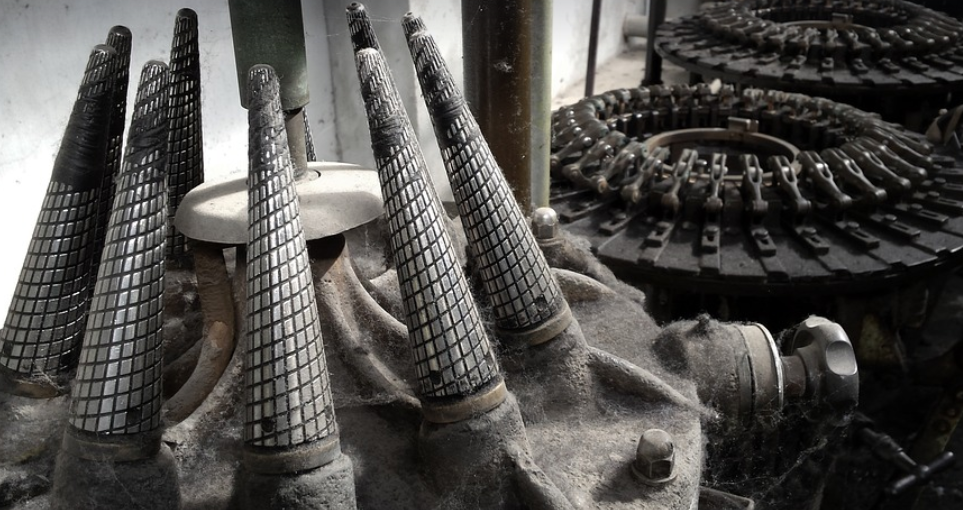Tired of Seeing That Plastic Pile Up?
You’re passionate about 3D printing, and your creative endeavors are just getting started. But as you dive deeper into the world of additive manufacturing, there’s one thing that often gets overlooked: filament recycling.
It might seem like a trivial aspect compared to choosing the right printer or mastering intricate designs, but imagine the impact of giving those plastic spools a second life. It’s not just about being environmentally conscious; it’s about making your 3D printing journey more sustainable and resource-efficient.
Why Is Filament Recycling So Important?
We live in an era where sustainability is paramount, but the rapid evolution of 3D printing technology adds another layer to this challenge. As filament manufacturers produce tons of plastic waste annually, recycling becomes a critical component in tackling climate change and reducing our environmental footprint.
The truth is that most traditional methods for disposing of your old filament are not ideal. Dumping it into the trash contributes to landfill overflow and pollutes our ecosystems, while incineration releases harmful emissions that harm air quality and contribute to global warming.
Recycling gives your spools a new lease on life, transforming plastic waste into valuable resources. Instead of ending up in landfills or incinerators, your filament can be transformed into valuable materials for other uses. This helps reduce the demand for virgin plastics, minimizing the negative environmental impact and supporting a more circular economy.
3D printing is about innovation and creativity. Recycling your filament embodies these values by taking a responsible step toward a sustainable future.
The World of Filament Recycling: A Closer Look
There are several reasons why you should explore this aspect of 3D printing, even if you haven’t started recycling yet.
**1. Environmental Benefits:** By choosing to recycle filament, you’re actively reducing plastic pollution and its detrimental effects on our planet.
**2. Cost Savings:** Recycling filament can become a cost-effective solution for minimizing your expenses on new spools.
**3. Community Involvement:** Participating in 3D filament recycling initiatives fosters a sense of community, bringing together enthusiasts and promoting the sharing of resources.
The Process: Getting Started with Filament Recycling
So, how do you get started? It’s easier than it sounds!
**1. Local Programs:** Look for local 3D printer clubs or organizations that may have established filament recycling programs in your area. These groups often partner with recycling companies to efficiently process the collected waste.
**2. Online Solutions:** Several online platforms specifically cater to 3D printing filament recycling. Websites and apps connect you with businesses and individuals who are interested in reusing or repurposing old plastic filaments, promoting a circular economy within the 3D printing community.
**3. DIY Recycling:** If you’re feeling adventurous, explore different methods of recycling your own filament. Some DIY solutions include:
* **Melting and Re-use:** You can melt down used filaments and create new pieces for projects or other uses.
* **3D Printing with Recycled Filament:** The possibilities are endless! You can use recycled filament to print custom designs, prototypes, or even parts that require specific material properties.
The Future of 3D Printing: A Sustainable Path Forward
As the world embraces responsible innovation, filament recycling becomes an integral part of ensuring a sustainable future for our beloved 3D printing technology. Let’s envision a world where plastic waste is considered a valuable resource rather than a threat to our planet.
Recycling your filament isn’t just about saving money; it’s about contributing to the larger conversation around environmental responsibility, promoting sustainability, and ensuring that future generations inherit a healthy planet.
As 3D printing continues to evolve, so will its commitment to recycling and waste management. As more individuals and communities embrace this important practice, we’ll see a shift toward a more sustainable and circular economy within the 3D printing world.
